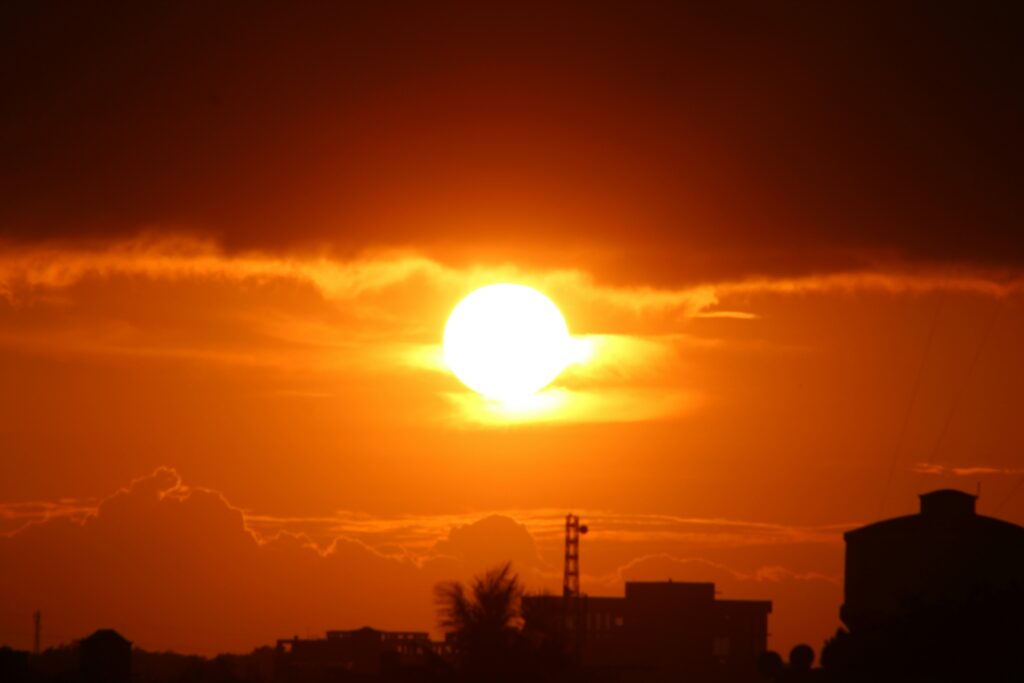From CO2Science: Introducing their paper, Yamana et al. (2016) write that “thus far, very few studies have incorporated climate-driven hydrology as a determinant of mosquito populations and malaria transmission” and that “no models have moved beyond simple coarse surface hydrology parameterization as an intermediate link between climate and malaria.” Therefore, they describe how they “address this shortcoming using a sophisticated high-resolution model to simulate future malaria transmission for West Africa” -- which “currently has the highest rates of malaria infections and deaths in the world” -- at both “spatial and temporal scales that match village-scale transmission dynamics.”
Paper reviewed: Yamana, T.K., Bomblies, A. and Eltahir, E.A.B. 2016. Climate change unlikely to increase malaria burden in West Africa. Nature Climate Change 6: 1009-1015.
This work revealed, as the three U.S. scientists report in the concluding sentence of their paper, that their results “signal an impact of future climate change on West African malaria transmission that is [1] negative at best, and [2] positive but insignificant at worst,” confirming that “no major increases in the [3] frequency or the [4] severity of malaria outbreaks in West Africa are expected as a result of climate change.” And that is good news for countries that have been plagued by this dreadful disease.



And the next statement they will make is "No. Wait. What we meant was..." and you can guess the rest.